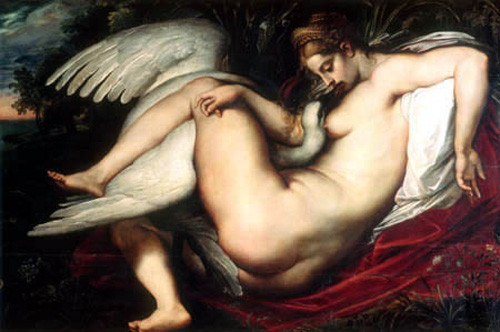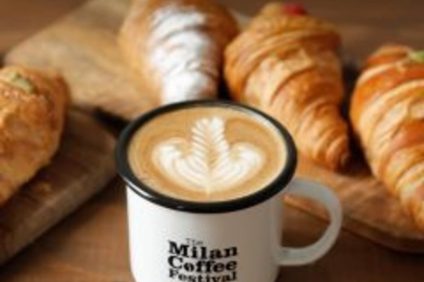Rubens: from a religious and reserved man to a transgressive and sensual painter
Was Pietro Paolo Rubens, the great Flemish painter, considered one of the most important exponents of the seventeenth century, a saint or a sinner? This question has been asked by many in nearly four hundred years. And they continue to ask themselves even today especially on the occasion of the exhibition held at the Palazzo Reale in Milan, entitled Pietro Paolo Rubens and the birth of the Baroque.
The painter's life was divided between deep faith and an ardent passion for the women he painted. And, like all geniuses, he too had a dual personality. One private and the other, different, when he expressed himself with art.
When he painted he was endowed with a human majesty, sweet and positive, as revealed by his solar painting, his search for harmony. When you admire a painting by Rubens, everything takes a back seat. In front of his work one is so entranced, fascinated by his marvelous innovative creative force, that one forgets the contradictions of man.
But who was Rubens really?
Rubens was a man of great culture and humanity. He was a great character of his time.
Considering the period in which he lived, he seemed transgressive, but he was never obscene. Precisely for this reason, despite the ferocious religious control, he painted Madonnas and biblical figures without veils, with their hair down and disheveled without having any problem with the authorities of the time, who invited him to paint, just while in the Catholic world the nudity in the art was censored.
In his paintings, the artist enhances the female body, the beautiful or awkward forms of his women. His approach to the female body was always the same, both when he painted allegorical pictures and when he dealt with religious themes.
He was the first to convey the message that love, nudity, sensuality were all works of God that celebrate His greatness and that everything in him is pure even if sensual. For this reason, great ecclesiastical and political personalities of his time invited him to paint.
He was the favorite painter of Popes and nobles, without distinction.
Rubens: a painter of Flemish origin who deeply loved our country
Rubens mainly followed the Flemish school in the workshop of the landscape painter Tobias Verhaecht.
With the conversion he got closer and closer to the painters of classical culture, in particular he followed the school of Otto van Veen, who introduced him to Italian painting. So much so that, precisely in 1600, Rubens decided to leave for Italy where he remained there for eight years. He traveled extensively throughout our country, even if he remained for a long time at the court of Duke Vincenzo Gonzaga. During this period, he copied and studied the works of the great Renaissance painters, including Correggio, Caravaggio.
His love for our art was total. The painting of Tintoretto, Titian, Veronese influenced him greatly. He felt himself Italian taste, to the point of calling himself Peter Paul.
Rubens: from Flemish painter to initiator of the Italian Baroque. What are the novelties of the Milan exhibition?
Until now Rubens has always been seen in the context of Flemish painting and compared with painters of the same school.
In the exhibition a Royal Palace of Milan a Rubens initiator of the Italian Baroque. Seventy works are exhibited, of which forty by Rubens and the others by younger Italian authors strongly influenced by the Flemish painter, such as, for example, Guido Reni, Pietro da Cortona.
The art of Rubens, in the Baroque context, is therefore a message of peace never separated from the passion for feminine sinuosity and the search for harmony.
http://www.palazzorealemilano.it/wps/portal/luogo/palazzoreale





